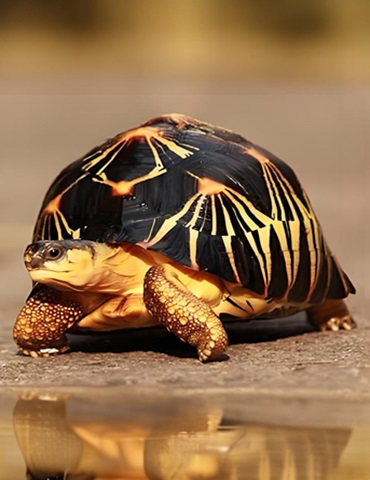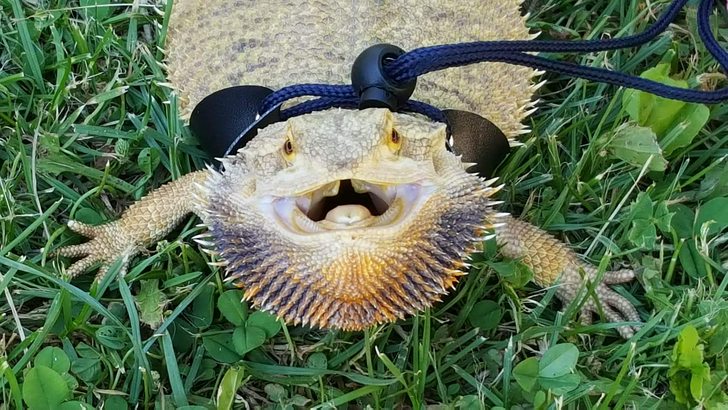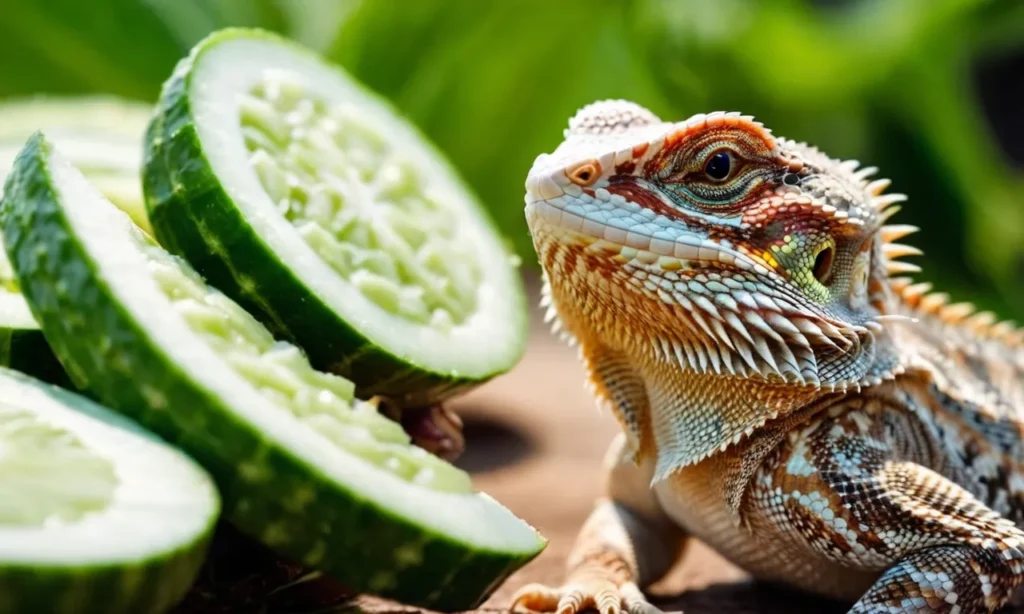The Radiated Tortoise, also known as the Radiant Tortoise, is a species of turtle with exceptionally beautiful patterns that captivate anyone who lays eyes on it. In the reptile pet market, the Radiated Tortoise has consistently been popular, with prices remaining high despite large imports.
The shell of the Radiated Tortoise is high and long, reaching up to 40 centimeters in length. The scutes of an adult’s shell are outwardly convex, resembling a pineapple, hence the nickname ‘Pineapple Turtle’. The scutes feature distinct concentric ring patterns. The head is small and yellow, with a non-protruding snout, a slightly hooked upper jaw, and fine scales on the top of the head. The limbs are cylindrical, covered with many scales, without webbing between the toes, and have well-developed claws.
The shell of the Radiated Tortoise (Radiant Tortoise) is black or brown, with each scute having yellow patches. From these patches, 2-8 yellow stripes radiate outwards, connecting like a spider’s web, making them very conspicuous. The plastron is yellow, with black radiating patterns on all scutes except the anal scute. The limbs are grayish-black, covered with yellow scales. The tail is grayish-black.
Wild Radiated Tortoises (Radiant Tortoises) prefer dry environments, are warm-loving and cold-avoiding, and often live in low shrublands. They can only eat normally when the environmental temperature reaches 22 degrees Celsius. The optimal temperature for their activity and growth is between 23-35 degrees Celsius. They are less active at 18 degrees Celsius and enter hibernation around 16 degrees Celsius. When the environmental temperature soars to 38 degrees Celsius, the Radiated Tortoise exhibits reduced feeding and movement.
The Radiated Tortoise (Radiant Tortoise) has a gentle temperament and will not bite even when held in hand, only sticking out its head to look around. Their sense of touch and smell are more acute than their vision and hearing. If raised in captivity for a long time, they can discern directions and return to their turtle shelter daily.
In the wild, Radiated Tortoises (Radiant Tortoises) favor plants from the Euphorbia genus and shrubby thorns. Under captive conditions, Radiated Tortoises enjoy eating cabbage leaves, apples, watermelon, bananas, and tomatoes, with some turtles exhibiting the behavior of eating small pebbles.
The Radiated Tortoise (Radiant Tortoise) is quite suitable for urban keeping. With a relatively slow growth period, moderate size, a calm and active temperament, and pleasing patterns, they are particularly clean, and their feces are not smelly, making them an excellent choice as pet turtles.
Habitat: Radiated Tortoises require a suitable habitat. Prepare an appropriately sized aquarium with ample water and land areas. Maintain the water temperature at 25-30 degrees Celsius and the land area temperature at 30-35 degrees Celsius. Provide a UV light to meet the turtles’ photosynthesis needs.
Feeding: Radiated Tortoises are herbivorous, enjoying fruits and vegetables such as bananas, lettuce, and carrots.
Before feeding, it is essential to thoroughly wash vegetables and fruits to prevent the ingestion of residual pesticides. Temperature and Humidity: The optimal environmental temperature ranges from 22-30 degrees Celsius, with humidity maintained around 55%. Health Check: Regularly monitor the health of the tortoise by observing appetite, activity levels, and physical appearance. Should any abnormalities be detected, consult a veterinarian promptly. Legal Husbandry: Radiated tortoises are protected animals, and personal ownership requires obtaining legal documentation.



